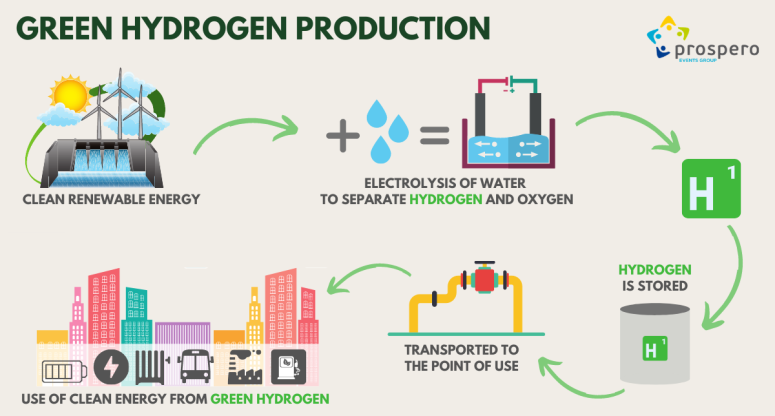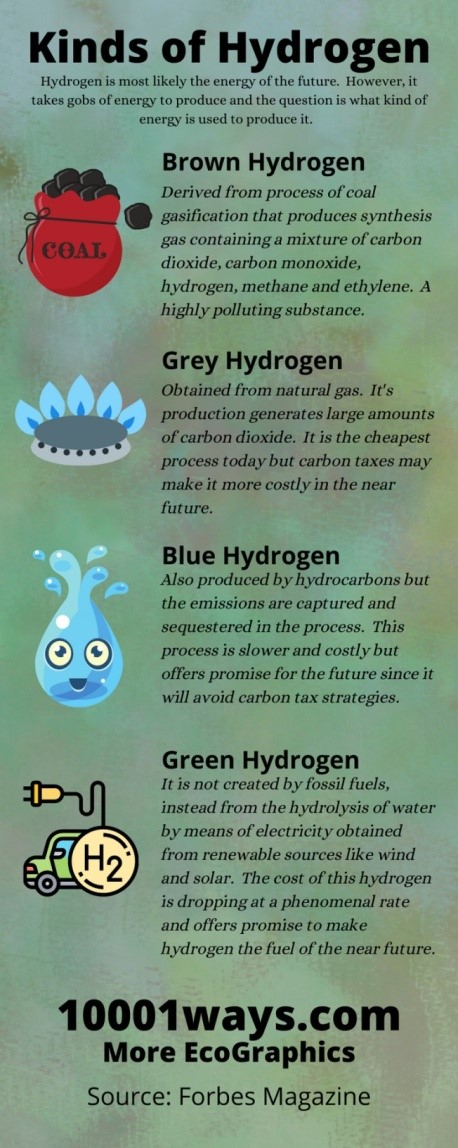Green Hydrogen
Context:
- India to emerge as a leader in Green Hydrogen and Green Ammonia.
- India had one of the fastest rates of growth of Renewable Energy capacity in the world.
- India had pledged in COP-21 in Paris that by 2030; 40% of its power generation capacity will be from non-fossil fuel sources.
- It had already reached at 38.5% and if the capacity under installation is added, it comes to 48.5%.
- India has set a target of 450 GW of Renewable Energy capacity by 2030.
- India had achieved universal access by connecting every village and every hamlet under Deen Dayal Upadhyay Gram Jyoti Yojana Scheme and connecting every household under Saubhagya Scheme.
- India has already touched 200 GW of demand even when the effects of COVID-19 was still there.
- The demand had crossed what it was during pre-COVID time and it is expected that electricity demand will continue to rise.
- Mechanism of ALMM (Approved List of Models and Manufacturers) adopted, which will also provide protection to Indian solar cell producing Industries.
- India proposes to green industry sectors to replace Grey Hydrogen (drawn from imported natural gas) with Green Hydrogen and for this it will come out with a Green Hydrogen Purchase Obligation for different sectors like petroleum and fertilizer.
- It will also provide huge demand for domestically manufactured solar and wind equipments as well as storage.
About Hydrogen
- There are no natural hydrogen deposits on earth, it has to be extracted from other compounds by a chemical process.
- The vast majority of industrial hydrogen is currently produced from natural gas through a process known as steam methane reforming or SMR.
- Producing hydrogen in this way is sometimes referred to as brown or grey or even blue hydrogen.
Green hydrogen production
- Hydrogen can also be produced by the electrolysis of water (using an electric current to break water, H2O, into its component elements of hydrogen and oxygen).
- If this electric current is produced by a renewable source (g. Solar PV or a wind turbine), the clean hydrogen produced is known as green hydrogen.


Green hydrogen Status
- Less than 1% of hydrogen produced in the world is green hydrogen.
- India consumes about six million tonnes of hydrogen every year. This could increase to 28 million tonnes by 2050.
- India has favorable geographic location and abundance of sunlight and wind for the production of green hydrogen.
- India will become a net exporter of green hydrogen by 2030 due to its cheap renewable energy tariffs, according to the Global Hydrogen Council.
- Green hydrogen currently costs or Rs 371-446, which is nearly triple the cost of grey hydrogen.
- The price will decrease further as production and sales increase.
Significance
- Under the Paris Climate Agreement, India pledged to reduce the emission intensity of its economy by 33-35 per cent from 2005 levels by 2030.
- Our ability to produce large quantities of green hydrogen will play a major role in providing an alternative to fossil fuels as we transition to low emissions and work towards a clean, healthy environment.
- Through the use of green hydrogen, we can foresee a sustainable future in handling increased demand of clean energy.
https://pib.gov.in/PressReleasePage.aspx?PRID=1736045



1.png)
